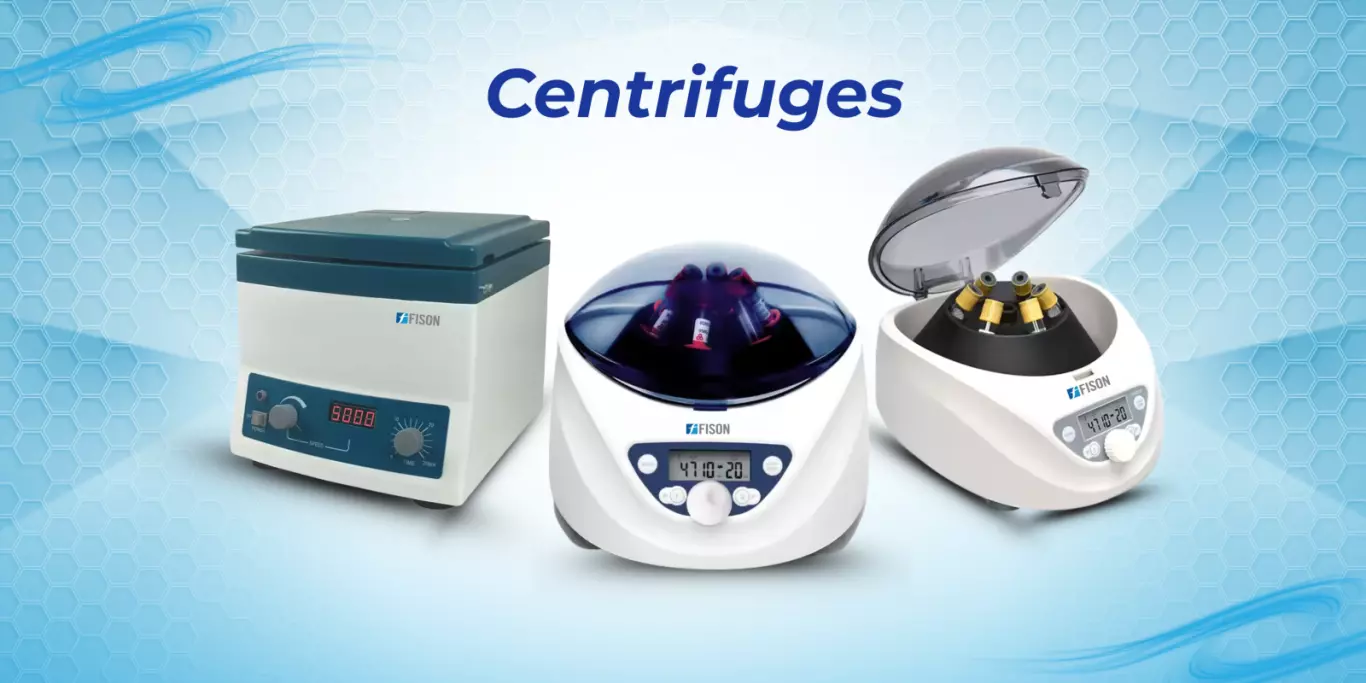
Selecting the ideal centrifuge for your lab can be a game-changer for both performance and accuracy. Whether you're separating biological samples, purifying cells, or conducting clinical research, the right centrifuge ensures optimal results and operational safety.
1. Understand Your Application
The first step is knowing what you're centrifuging? is it blood, DNA, proteins, or chemical samples? This determines the type of rotor, speed (RPM/RCF), and volume capacity you’ll need.
2. Choose the Right Type
There are several types of centrifuges available:
- Benchtop Centrifuge: Ideal for routine lab tasks; compact and user-friendly.
- Refrigerated Centrifuge: Maintains sample integrity for sensitive biomaterials.
High-Speed Centrifuge: Suited for molecular biology and genomic applications.
3. Check Speed & Capacity
Always verify:
- Max RPM (rotations per minute)
- RCF (relative centrifugal force)
Sample capacity per run - Higher speeds are crucial for fine particles, while larger volumes suit blood banks or bioproduction labs.
4. Rotor Compatibility & Accessories
Make sure your centrifuge supports interchangeable rotors (angle/ swing-out), adapters for tubes, and balance detection systems to prevent accidents or uneven runs.
5. Safety & Compliance
Opt for models with lid-lock mechanisms, imbalance protection, and certifications (ISO, CE, UL) for reliable lab operations.
Fison Centrifuges: Precision Meets Performance
At Fison, our centrifuges are engineered with cutting-edge features like:
- Digital control panels with speed/time programming
- Auto-lock safety lids and vibration control
- Optional cooling systems for thermal-sensitive samples
Custom rotor options for flexibility
Final Thoughts
Choosing the right centrifuge is about aligning your lab’s needs with technical specifications. Investing in quality equipment like Fison centrifuges ensures better results, fewer breakdowns, and enhanced lab productivity.
